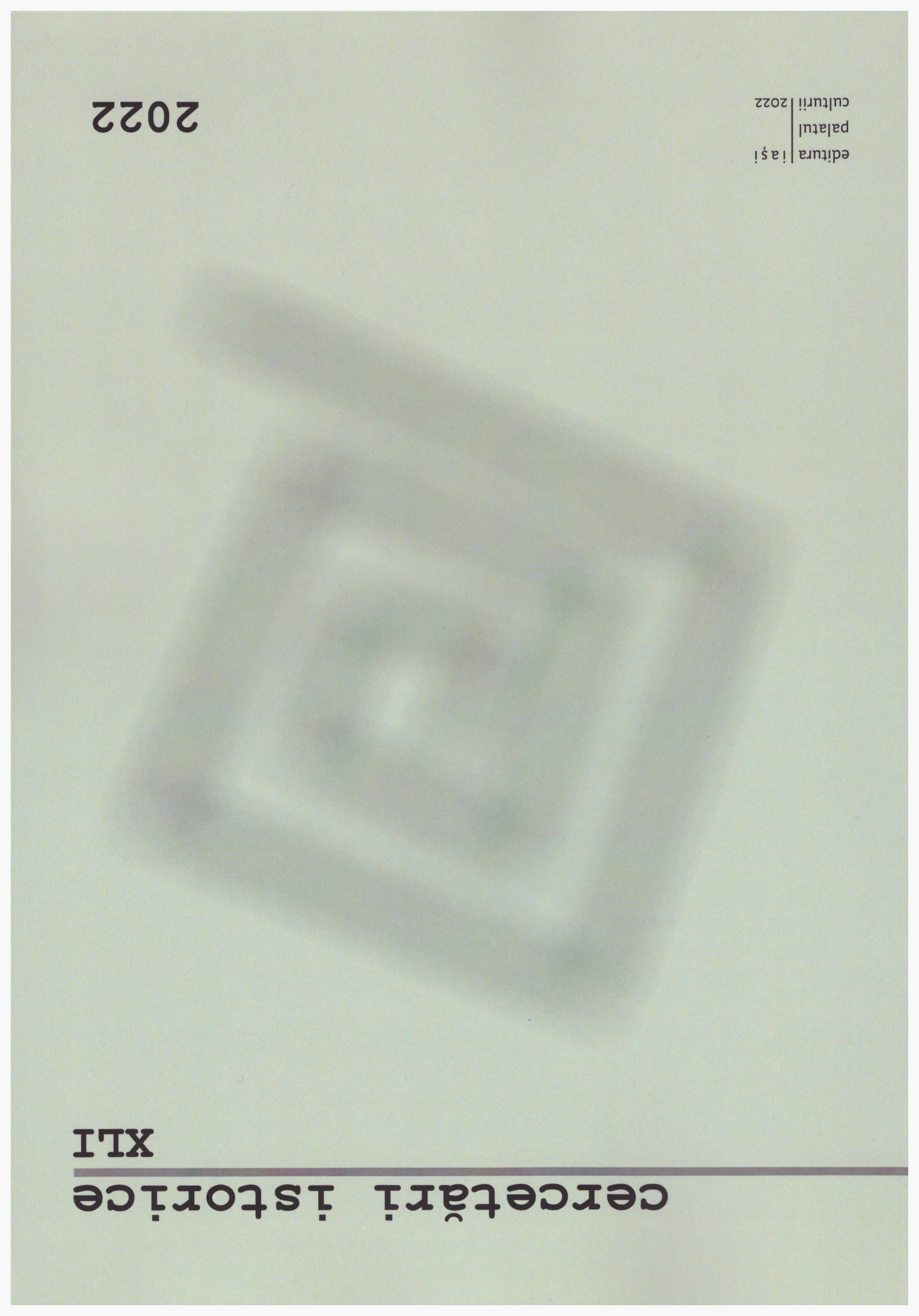Descoperiri Romane de pe Valea Prutului: O Reprezentare în Bronz a Zeiței Venus
Roman Discoveries in the Prut Valley: A Bronze Representation of the Goddess Venus
Author(s): Ioan Iațcu, Tamilia-Elena MarinSubject(s): Archaeology, Cultural history, Ancient World
Published by: Editura Palatul Culturii
Keywords: Venus; Roman Empire; Dacia; barbaricum; Free Dacians; Prut;
Summary/Abstract: In the spring of 2021, in the hearth of Perieni village (Probota commune, Iași county), while he was in his grandparents' garden, a child made a sensational discovery with a strong resonance in the Romanian scientific community: an extremely rare statuette on these lands that represent Venus (Aphrodite), the goddess of love in Greco-Roman mythology. The piece is made of bronze, being fully cast and preserves, on its surface, a beautiful green patina.The goddess is rendered naked, standing. She has an elongated body, with delicate features, and is shown leaning on her left leg, a position known in sculpture as contraposto. Although the right arm is missing, the curved line of the shoulder may suggest that she could have covered her pubic area with her hand, a gesture that could place her in the category of Venus pudica-type statuettes.The oval face frames the straight and thin nose. The small and short mouth, with halfopen lips, exudes sensuality. The wavy hair, gathered in a loop behind her head (krobylos), falls in two twisted tails on each shoulder. The fact that the goddess wears a tall diadem with five protrusions (buttons) makes this type of statuette also known in specialized literature as Venus diademata. Another hypothesis would be that if the goddess brought both hands to her face, then there is the assumption that she would be accompanied by one of her main attributes, such as an apple or a mirror. The option that the goddess is accompanied by both elements is also not excluded. If we were to consider this situation, then she would hold in her left hand the mirror, in which she looks, and in her right hand the apple of discord.Following the stylistic analysis, we can say that the piece manages to convey to us all the qualities of this goddess: beauty, sexuality and fertility. The piece is dated to the 2nd century BC – the beginning of the 3rd century BC.The discovery of this piece at a great distance from the Roman border, in Barbaricum, is not accidental. The existence at Perieni of a possible settlement belonging to the free Dacians can be linked to the traditional existing communication routes along two important watercourses: Prut and Jijia. The presence of numerous Roman imports in this area, consisting of amphorae (deposits of Holboca and Tătărași), tableware ceramics, coins, pieces of clothing and jewelry, shows us a commercial dynamic that experienced development in the second half of the 2nd century BC and the first half of the 3rd century BC, interrupted by the cooling of relations between the population of the Eastern Carpathian area and the Roman Empire. Also, the hypothesis that this extremely refined object arrived here as spoils of war, following an incursion of the Dacians and their allies south of the Danube, is not excluded.
Journal: Cercetari Istorice (Serie Noua)
- Issue Year: 2022
- Issue No: 41
- Page Range: 87-100
- Page Count: 14
- Language: Romanian

